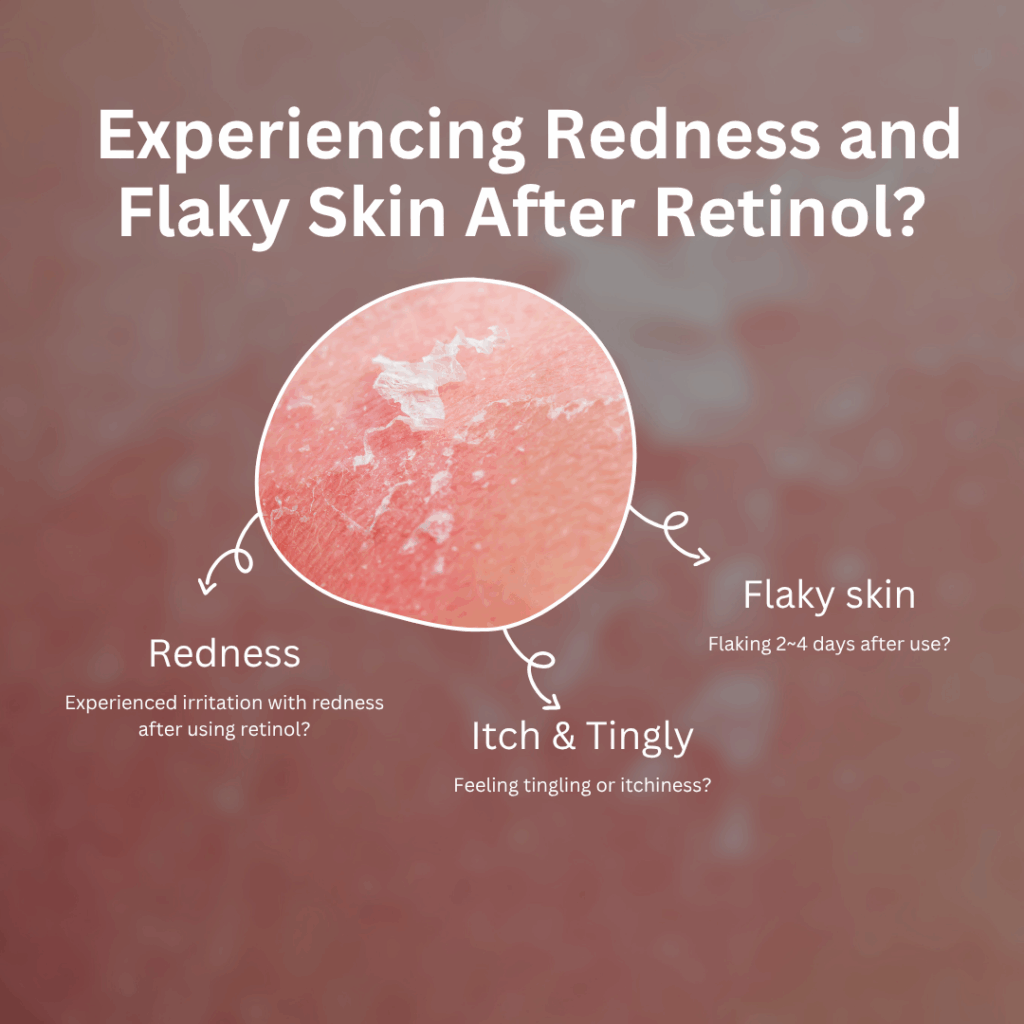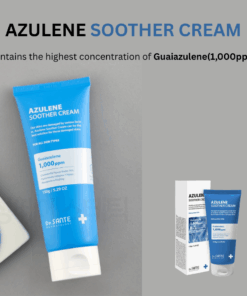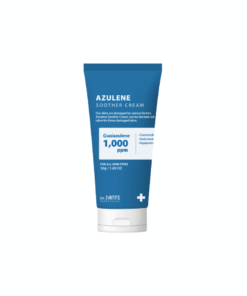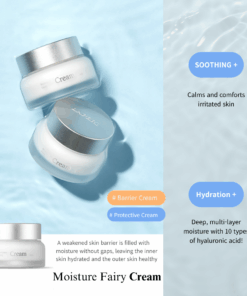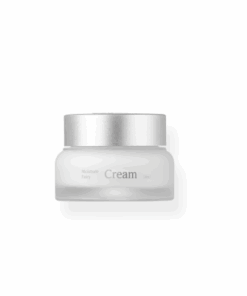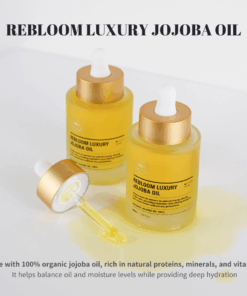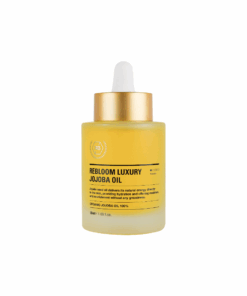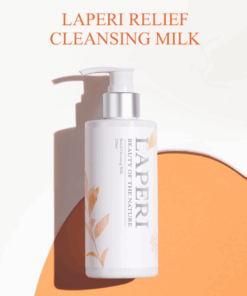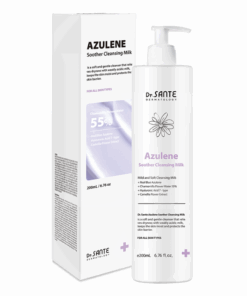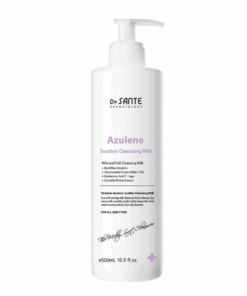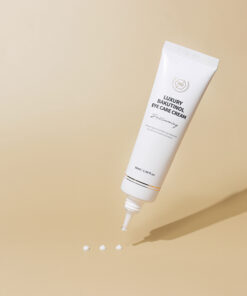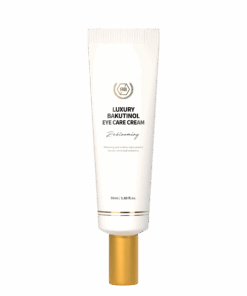Uncategorized
How to Use Retinol Without Irritation
Retinol is the ultimate key to slow aging, pigmentation, and smoother skin if you know how to use it correctly. Learn why irritation happens and how to prevent redness, flaking, and dryness while maximizing retinol’s amazing benefits.
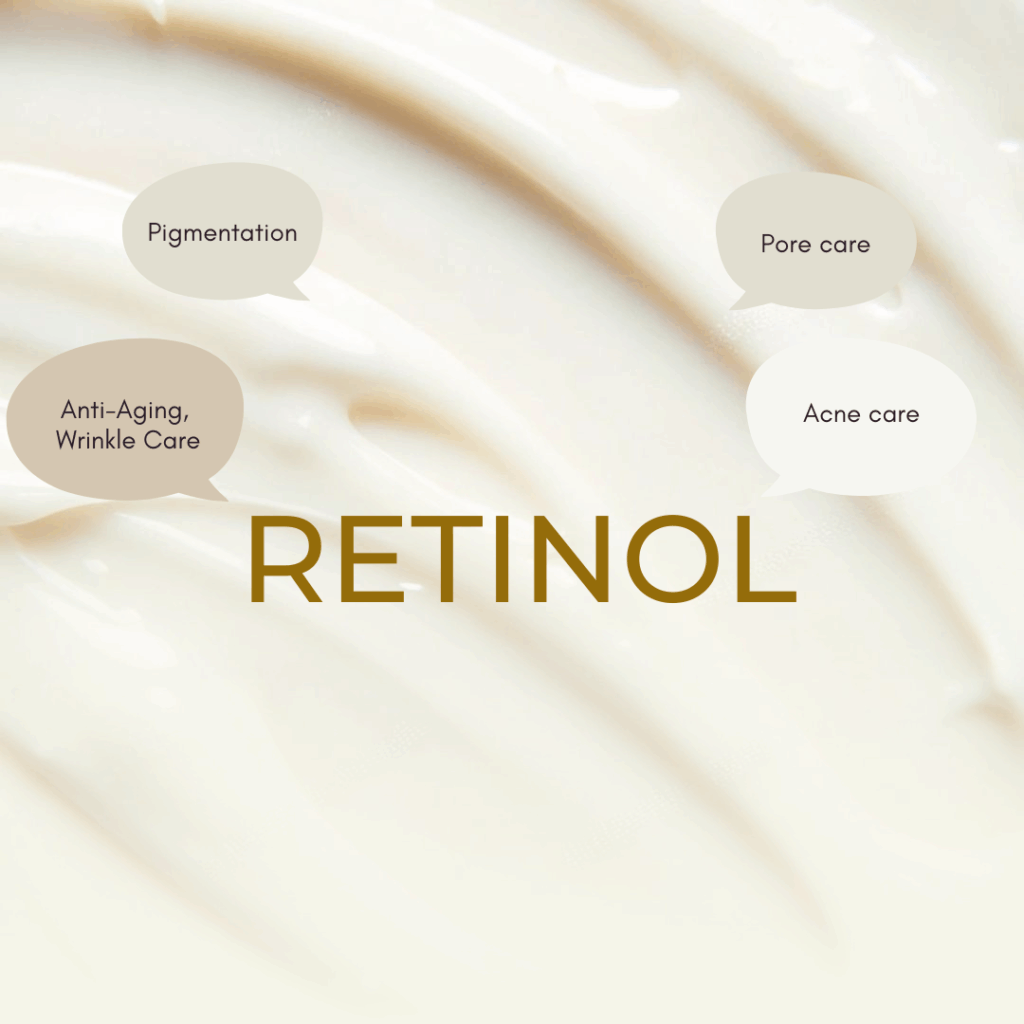
Why Retinol Became the Star of Anti-Aging
Retinol has quickly become the it-ingredient for anti-aging, pigmentation correction, and texture refinement.
Originally developed for acne treatment, this powerful ingredient is now loved for its ability to smooth, brighten, and firm the skin.
But if you’ve ever experienced redness, stinging, or peeling when using retinol, don’t worry it’s natural reaction to retinol! These reactions are simply part of your skin’s adjustment process. With the right approach, you can enjoy all of retinol’s benefits without the irritation.
What Makes Retinol So Special?
Retinol belongs to the retinoid family, the only group of ingredients proven to stimulate collagen and elastin production. Key components for firm, youthful skin.
It accelerates cell turnover, helping to shed dull, dead skin cells and reveal a fresher, more radiant complexion.

However, applying too much retinol or applying high content of retinol often can overstimulate cell regeneration, causing immature skin cells to rise to the surface before they’re ready. This leaves your skin fragile, dry, and prone to irritation.
What to Do If Your Skin Becomes Irritated
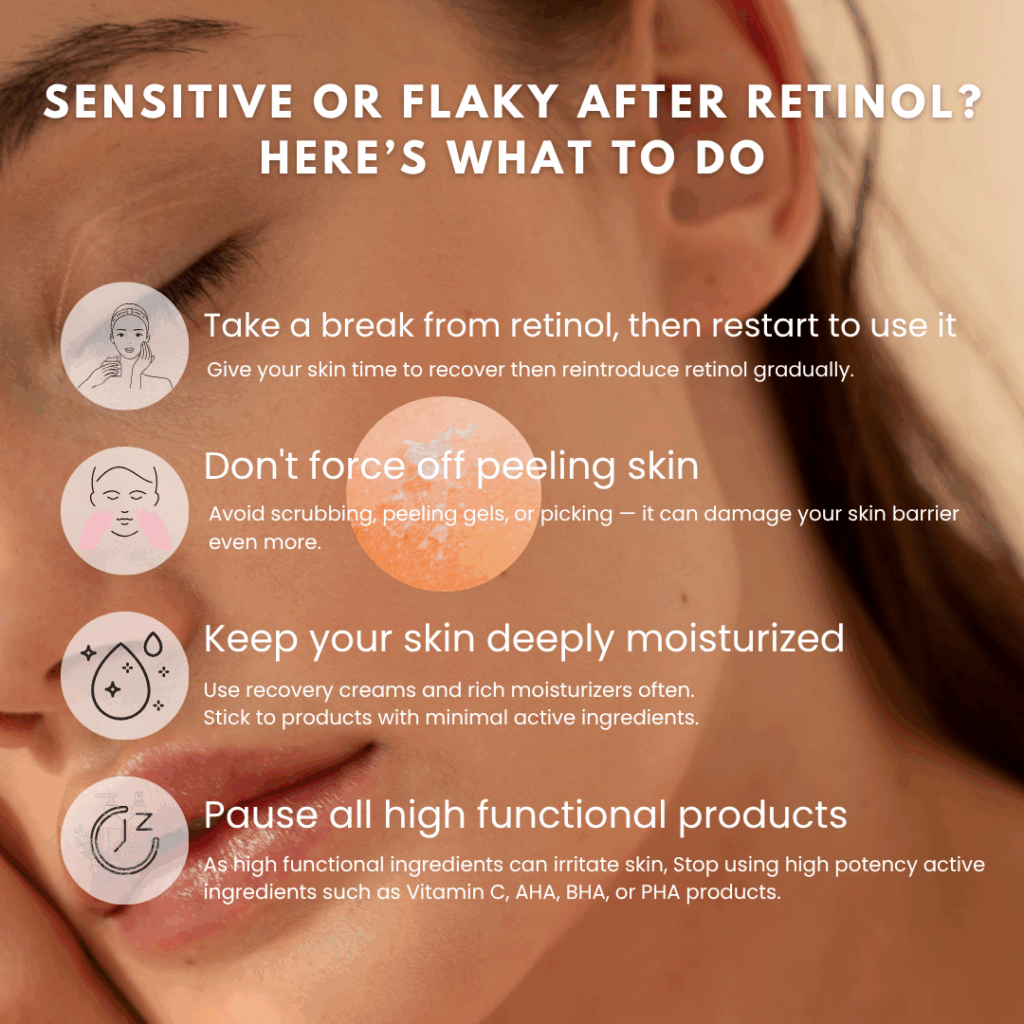
- Take a short break, then restart slowly
Let your skin rest and recover before reintroducing retinol gradually. - Do not peel or scrub flaking skin
Avoid peeling gels, exfoliators, or picking — this can further damage your skin barrier. - Keep your skin deeply moisturized
Choose calming, barrier-repairing creams with minimal active ingredients. - Pause all high-functional products
Avoid Vitamin C, AHA, BHA, and PHA products while your skin adjusts.
How to Prevent Retinol Irritation?
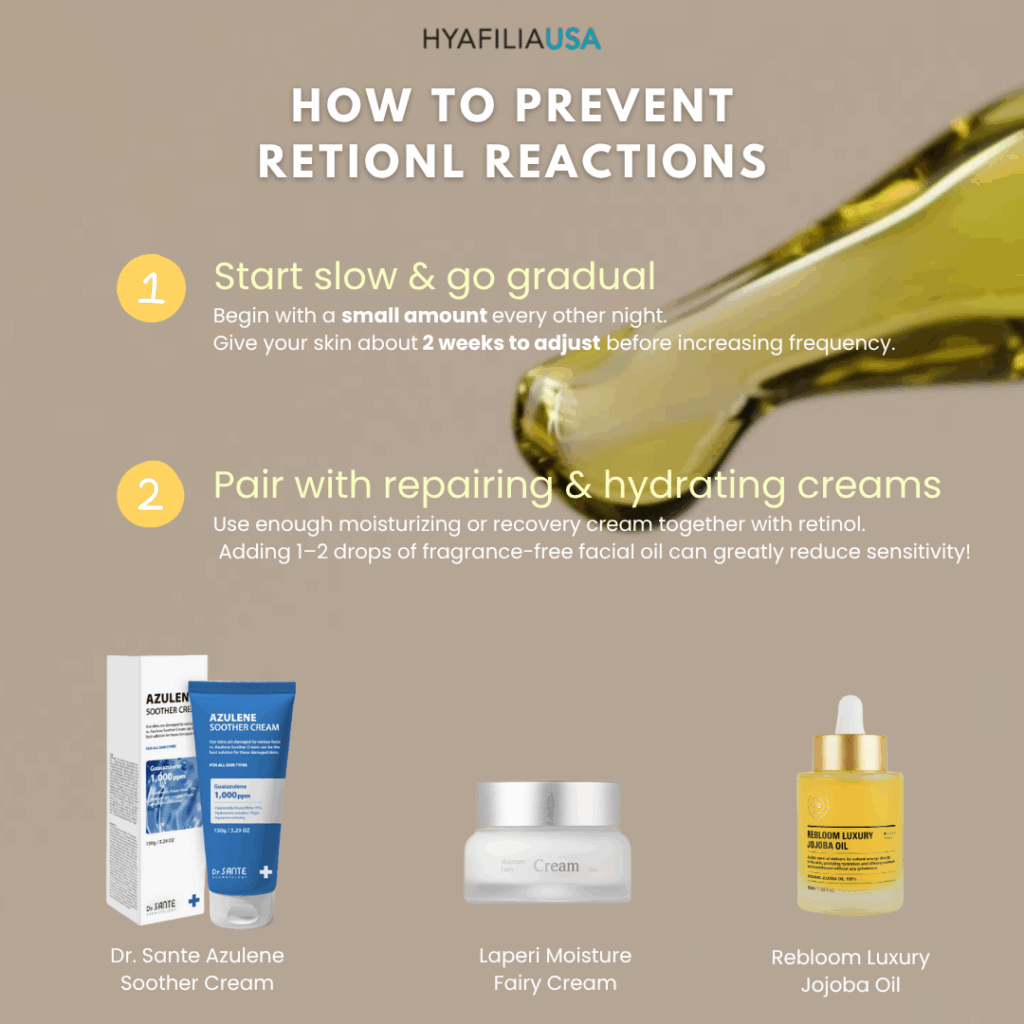
1️⃣ Start Low & Go Gradual
Begin with a pea-sized amount every other night for 2 weeks.
Once your skin adjusts, you can increase the frequency.
2️⃣ Pair with Repairing & Hydrating Creams
Layer a soothing cream after applying retinol.
For extra comfort, mix in 1–2 drops of fragrance-free jojoba oil.
Recommended creams:
- 🩵 Sante Soother Cream — with Azulene and D-Panthenol for calming and hydration.
- 💧 Laperi Moisture Fairy Cream — formulated with 10 types of Hyaluronic Acid, Centella Asiatica extract, and Microbiome complex to strengthen the skin barrier.
Recommended oil:
- 🌿 Rebloom Jojoba Oil – 100% organic and unrefined cold-pressed jojoba oil for natural lipid replenishment
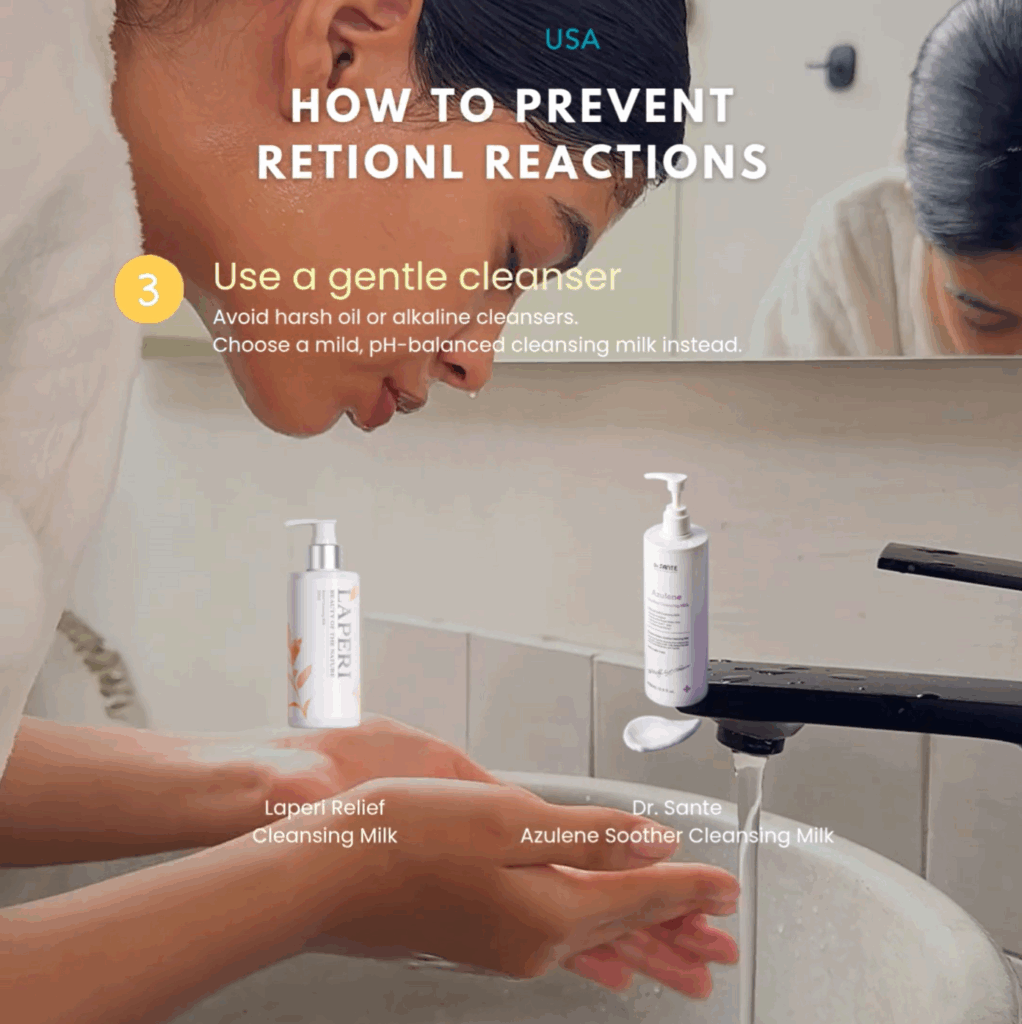
3️⃣ Use a Gentle, pH-Balanced Cleanser
Avoid harsh cleansers that strip your natural oils.
Use a soft cleansing milk instead.
Recommended cleansers:
- Laperi Relief Cleansing Milk — soothing & hydrating formula.
- Dr. Sante Azulene Soother Cleansing Milk — for calming and moisturizing sensitive skin.
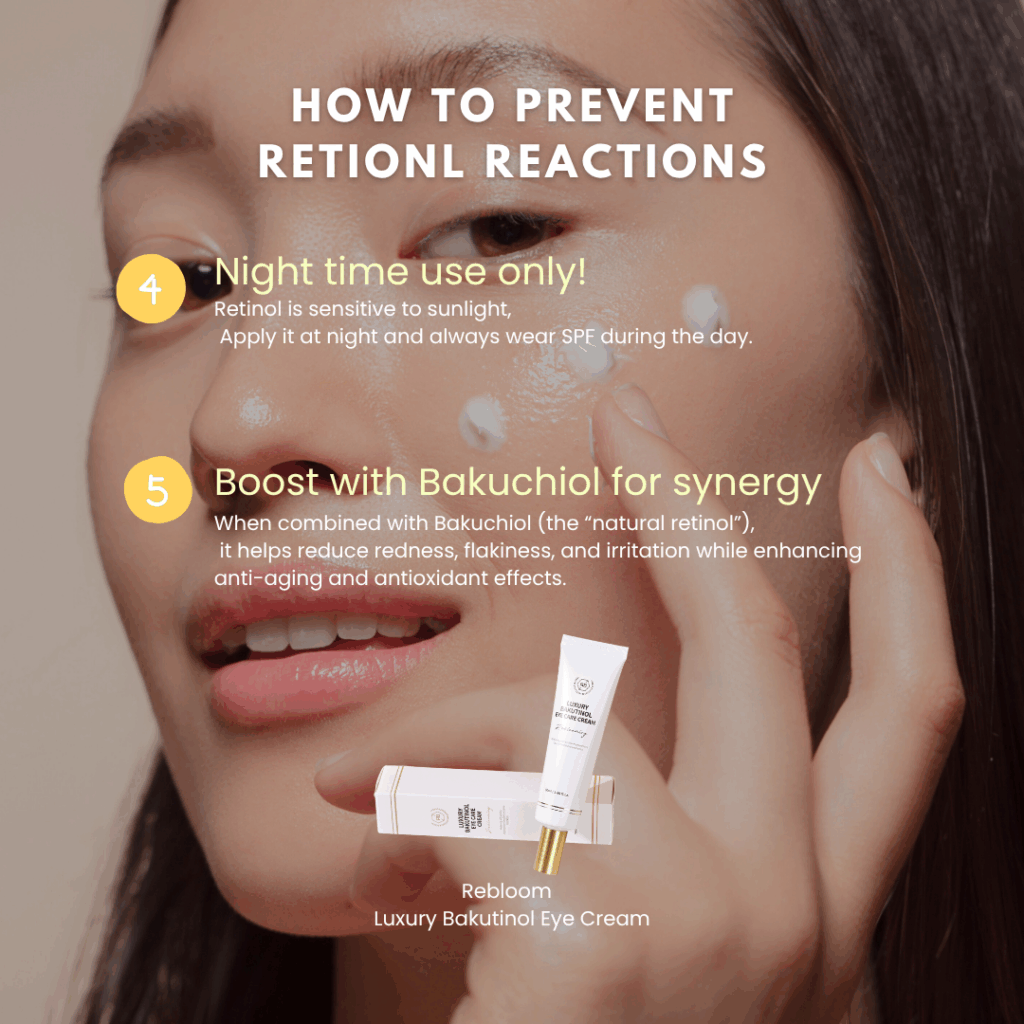
4️⃣ Nighttime Use Only!
Retinol breaks down under sunlight, so apply it at night.
During the day, always wear sunscreen, ideally a mineral (physical) one.
Chemical sunscreens may contain photo-sensitizing ingredients that can irritate your skin.
Recommended: ☀️ Curenex Sunscreen
5️⃣ Boost Results with Bakuchiol
For even better results, pair retinol with Bakuchiol — a natural, plant-based alternative often called “nature’s retinol.”
It helps reduce redness and flakiness while enhancing anti-aging and antioxidant effects.
Recommended product:
✨ Rebloom Luxury Bakutinol Eye Cream — for firmer, brighter, and more resilient skin around the eyes.
Be Gentle, Stay Consistent
Retinol is powerful, but your skin needs time to adapt.
Start slow, stay moisturized, and always protect your skin with sunscreen.
With consistent care, you’ll notice smoother texture, improved tone, and that youthful glow everyone loves.
#RetinolSkincare #AntiAgingTips #RetinolRoutine #Bakuchiol #KBeauty #BeautyFromKorea #SkincareRoutine

